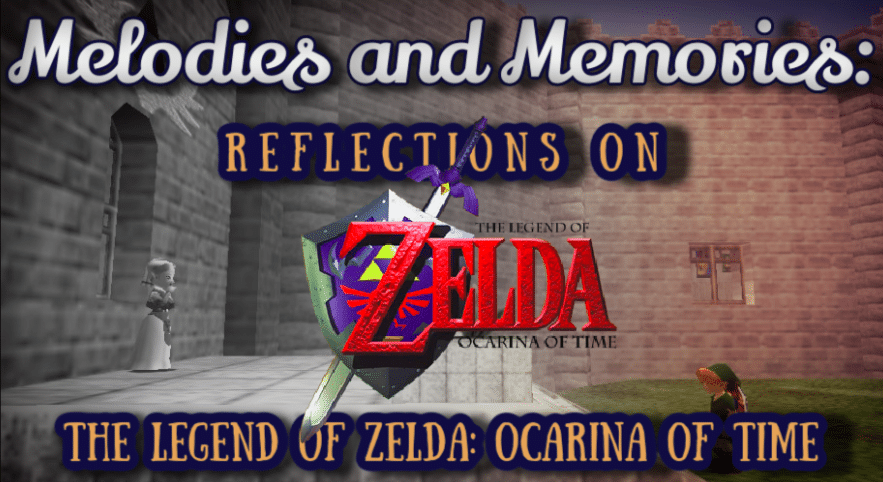64 more days until Zelda! 41 more days until Ocarina! 12 more days until we can actually be Link!
Such were the greetings that my childhood best friend and I would bestow upon one another every time we’d meet in those excruciatingly long weeks and months leading up to the debut of Zelda 64. Or The Legend of Zelda: Ocarina of Time, as it eventually became known. Now, on the 23rd anniversary of the game's release and just shortly after its re-release on Nintendo Switch Online, I'm thinking back to just what a magical time it was back then.
It was the fall of 1998 and my 10-year-old self had just entered the 5th grade. I was something of a Zelda fanatic at the time, having discovered and completed A Link to the Past for the Super NES about a year prior. The internet was in limited supply in those days, and every opportunity to get online or rummage through my favorite video game magazines—Nintendo Power and Electronic Gaming Monthly—for additional screenshots and information about Nintendo’s upcoming blockbuster, were like drops of water on the parched tongue of a dusty beggar.
Note: If you’ve never played Ocarina of Time, and intend to do so one day, you should probably just click here and skip down to my concluding paragraph. I have a message directly for you! I’d hate to spoil anything about the game that is perhaps best encountered for yourself, by yourself.
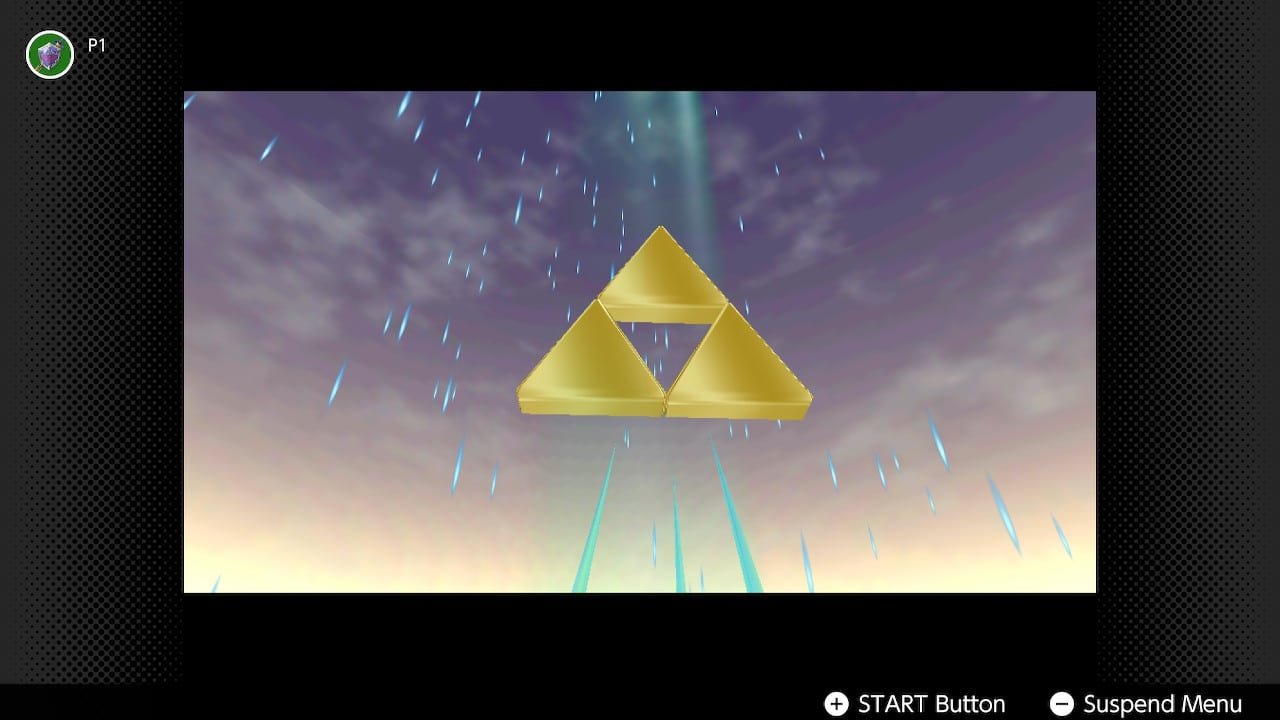
The Inevitable
I learned an early, invaluable lesson when November 23, 1998, finally rolled around. No matter how impressive Ocarina of Time may have in fact been, and virtually nobody disputed its place as a modern-day classic, I still felt let down. I was aware and readily accepted that Ocarina was a groundbreaking masterpiece, fully merging the entertainment value of video games with their claim to be taken seriously as proper works of art. It united both of these disparate views on the essential worth of the medium as well as anything had up to that point. Nonetheless, I couldn’t help but think that A Link to the Past remained the superior Zelda remained the latter.
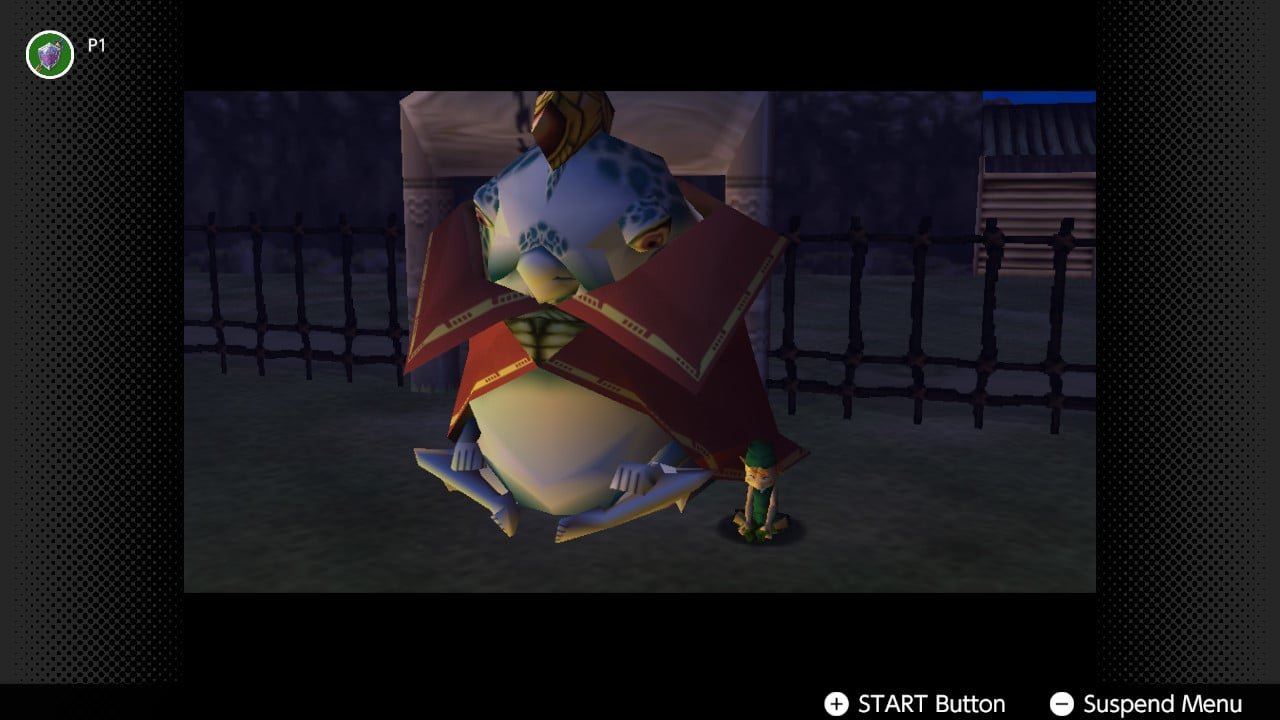
Some of my criticisms (and remember, I was barely pushing eleven) involved the lack of parity between the screenshots with which I had continually fed my overactive imagination throughout the previous fifteen months, and the actual, final product. I recall feeling immense disappointment with the overall look and design of the Lost Woods in Ocarina. The dull barrenness of Hyrule Field. The shortage of interesting, winding caverns to explore (which were superb in A Link to the Past).
The bait-and-switch of Ocarina’s appetizing, outwardly expansive desert, which merely proved to be the very linear ‘Haunted Wasteland.’ Or, to cite one more example, the general pointlessness of Lake Hylia, which was tucked away in the corner of the map. I had no sandy shores to greet me on the other side when I swam across it (excluding the fishing hut). Instead, an ugly, rocky wall signaled the edge of the world.
It sounds crazy but the inability to enter Hyrule Castle, aside from the courtyard, even had me wishing that Ocarina had taken a page or two from Quest 64!
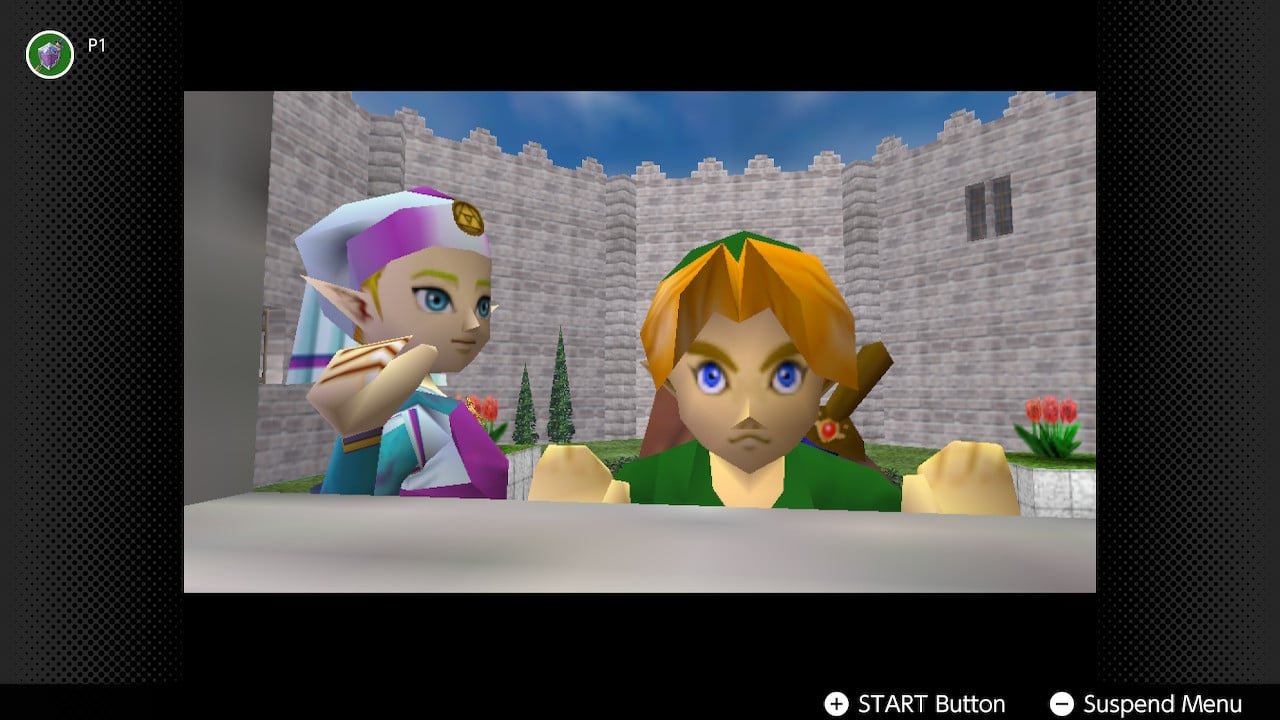
On the Other Hand
Of course, there were many things that I loved about Ocarina too. It may have only featured two towns (apart from those belonging to Hyrule’s other races), but Hyrule Castle Town and Kakariko Village were both beautiful representations of what I thought a 3D Zelda should be.
Because a major theme in Ocarina is time travel, over the course of the game, you control over two versions of Link. I considered this its narrative, and cinematic execution one of the game’s triumphs. In addition, the revelation that Ocarina’s storyline, in many ways written on the back of A Link to the Past, was a fairly direct prequel to that SNES Zelda, was a neat surprise.
Ocarina also features a great array of classic Zelda items, several dungeons that are downright clever in their design, and a score from Koji Kondo that has to rank among his best achievements, which is no small feat considering his résumé.
The list of things to appreciate about Ocarina of Time doesn’t end there but I don’t wish to get ahead of myself. I’ll just note that the inclusion of a day-and-night cycle, despite seemingly lasting for but a handful of seconds, was a nice touch. The combat, on the other hand, with its Z-targeting that locked onto an enemy, was revolutionary. The gameplay of Ocarina was undeniably unique and enjoyable. Even I, despite my discontent and innocent critiques as a 10-year-old, would never have denied that.
Twenty-Three Years Later
For a game that is all about the passage of time, it seems fitting that I would wrap up my second ever complete playthrough of Ocarina this month, just outside of a week from its initial November launch date. A lot has changed in the intervening two-plus decades. We’ve been blessed with numerous high-quality Zelda releases in the meantime. And now…A Link to the Past no longer sits atop the summit of what I consider to be the greatest Zelda ever made.
That prestige now belongs to 2017’s Breath of the Wild, which helped me re-discover my passion for video games inasmuch as A Link to the Past first made me a self-described Nintendo fanboy. I’ve written about the impact that Breath of the Wild has had on me elsewhere. I’ll simply mention here that, if anything, it somewhat reaffirmed my longstanding suspicions about Ocarina. As excellent as it was, the limitations of the Nintendo 64 hardware could never have allowed for the creation of a sprawling Hyrule such as that which my 10-year-old brain dreamt about.

Ocarina of Switch Online
Be that as it were, I was incredibly excited to jump back into Ocarina of Time with its inclusion as part of the recent Nintendo Switch Online Expansion Pack service. I’m not really interested in writing a detailed critique about how this latest emulation performs on the Switch. There have been several complaints making the rounds. Many have alleged a slight delay between button inputs and Link’s on-screen actions. I don’t doubt these reports, but I never noticed any issues with the controls feeling unresponsive.
I’ve also seen people unfavorably compare its visuals, which sport cleaner, smoother textures and the removal of the N64’s infamous fog, to other adaptations, like the Wii U Virtual Console port or the Nintendo 3DS remaster. Again, my overriding sentiments on this front were more along the lines of, ‘Wow, this looks better than I would’ve thought!’
By which I mean, I feared that playing N64 games would be a very bittersweet experience given how fuzzy and repugnant 3D games were in those beginning years. The Nintendo Switch Online N64 library, thankfully, restores these games’ aesthetics to the way I’ve imagined them throughout all these years.
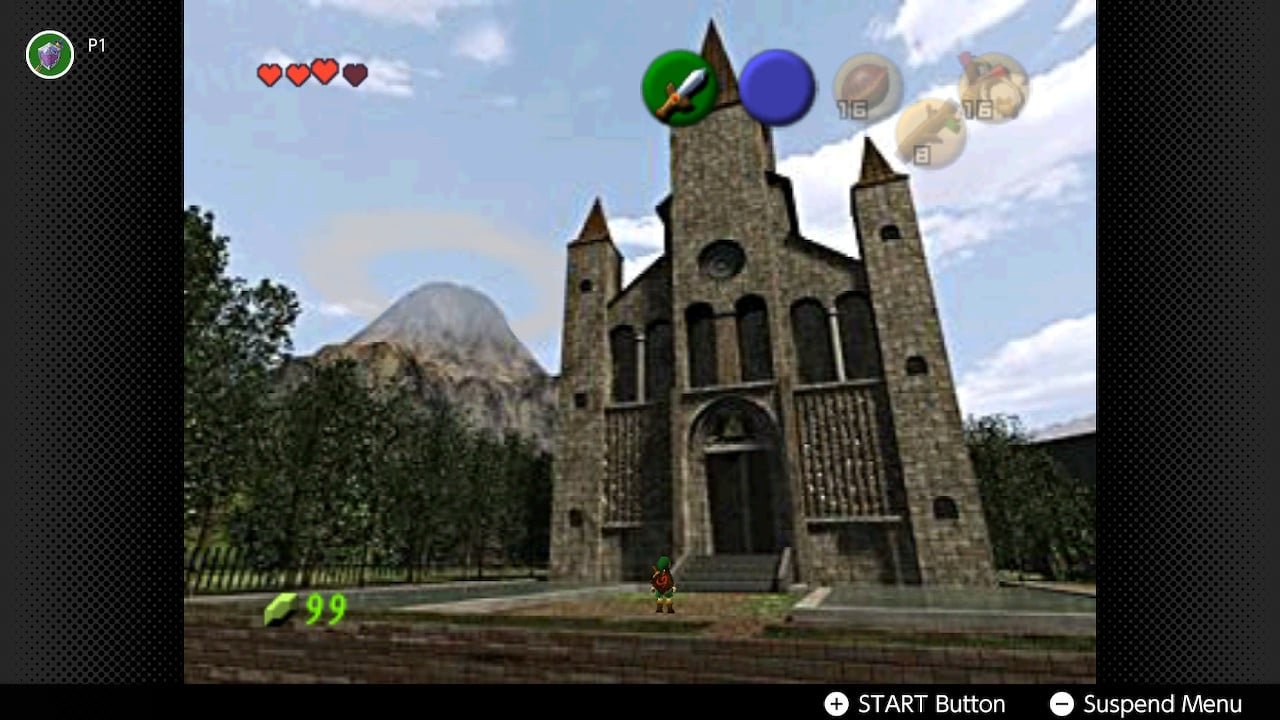
Ch-Ch-Changes
My only real complaint about playing Ocarina of Time on the Nintendo Switch is its button layout. I don’t know that Nintendo could’ve done a better job of mapping out the original’s control scheme onto the Pro Controller/Joy-Cons, but relying on the right joystick for Link’s tools that were previously assigned to the N64 controller’s C-buttons resulted in more than few annoying mishaps. Frequently, I’d push the joystick in one direction, only to find myself selecting the wrong command; accidentally tilting the joystick too far left, for example, causing Link to pull out a bomb when I had intended to press down and swing my Megaton Hammer.
I never fully adjusted to the new configuration. Perhaps that’s what factored into Nintendo’s decision to manufacture a $50 N64 controller specifically for the NSO Expansion Pack upgrade.

There’s another (very insignificant) change from the OG ‘gold cartridge’ copy of Ocarina of Time that I found myself grumbling about. This Ocarina on the Switch is not exactly as I remember it. Again, it’s an extremely small detail but in the final boss battle against Ganondorf/Ganon, I’m quite certain that he is supposed to bleed red! In one scene, I distinctly recall him coughing up red spatters. In later iterations of Ocarina of Time, apparently, even on the Nintendo 64, Nintendo changed the blood color to green, making it more acceptable for children… I guess?
Whatever the reason, I was a bit dismayed that the earlier version, i.e. the most authentic portrayal of the developer’s original vision, was not reinstated for this latest release. If you think I’m just being nit-picky, you’d be one hundred percent correct. So, let’s move on to, shall we say, the meat and potatoes.
Home Sweet Home
From the moment I heard the calming, piano-driven ballad that accompanies Ocarina of Time’s startup screen, to the cheerful, bouncy jingle that welcomes you into the lush abode of the Kokiri, I was immediately struck by a rush of nostalgia. It was oh-so damn good to be back! From the initial cutscenes involving the Deku Tree to the snarky lampoons of Mido, everyone and everything made me want to touch it, embrace it, and shout at the top of my lungs, ‘By Golden Goddess, it’s been too long!’
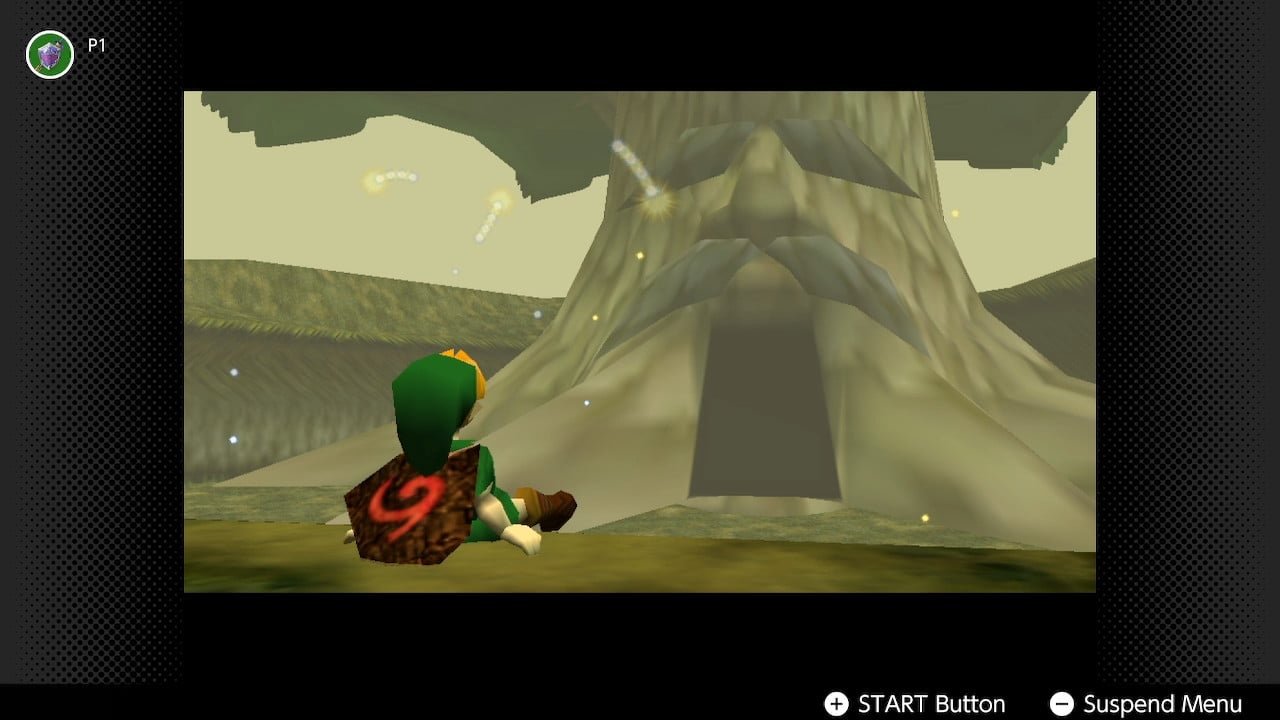
That’s admittedly a bit overdramatic. Yet, it’s hard to actually overstate how much more I appreciated Ocarina of Time this time around. I’ve always admired the picturesque design of Ocarina’s open plains, even when I regarded backtracking through them X amount of times to be both a chore and a bore. Revisiting Ocarina’s Hyrule issued a torrent of memories.
To make clear what a geek I was as a lad, when but the same meager age as Child Link, I would literally play Ocarina of Time for hours, making up my own storylines, pretending I was an ordinary kid who lived in this vast world, giving myself tasks to complete (deliver milk to so-and-so, go pet the horses, etc.).
I’m not kidding about that. Hence, wandering through this antediluvian 3D conception of Hyrule now, in 2021, was something akin to one visiting their former neighborhood. There’s the old elementary school, or the park at which you used to play! Ah, the local supermarket that used to house your favorite arcade has been torn down.
In a word, so much is there as you remember it but so much more has changed. It’s all… kind of… sad.
What's Different Now?
Nothing really, aside from the differences I’ve already highlighted. What has changed is me. Saying goodbye to Saria as Link departs from Kokiri Forest has always been a mushy moment but it and so many others that allude to the loss of time, of tranquility, even of life itself, hit harder now. For instance, there’s the wounded soldier you meet in one of Hyrule Castle Town’s back alleys after Ganondorf has chased Zelda and Impa out of the city gates. He speaks to you and then when you try to click on him again, it is made evident that he has died. Died!
Or there’s Dampé, who, as much as his Heart-Pounding Gravedigging Tour pissed me off (and wasted my time), still seemed to deserve far better than the ignoble, thankless farewell he seems to have received while Link slept in the Temple of Time. As Adult Link, you learn that Dampé has not only become one of the specters that constantly surroundeded him in life, nobody has even volunteered to take over his gravedigging duties! Or his stupid midnight racket! Speaking of which, whatever did become of the Graveyard Boy? He and his mother vanish during the seven years that Link is AWOL. What’s worse, their home has been converted into the Bazaar!
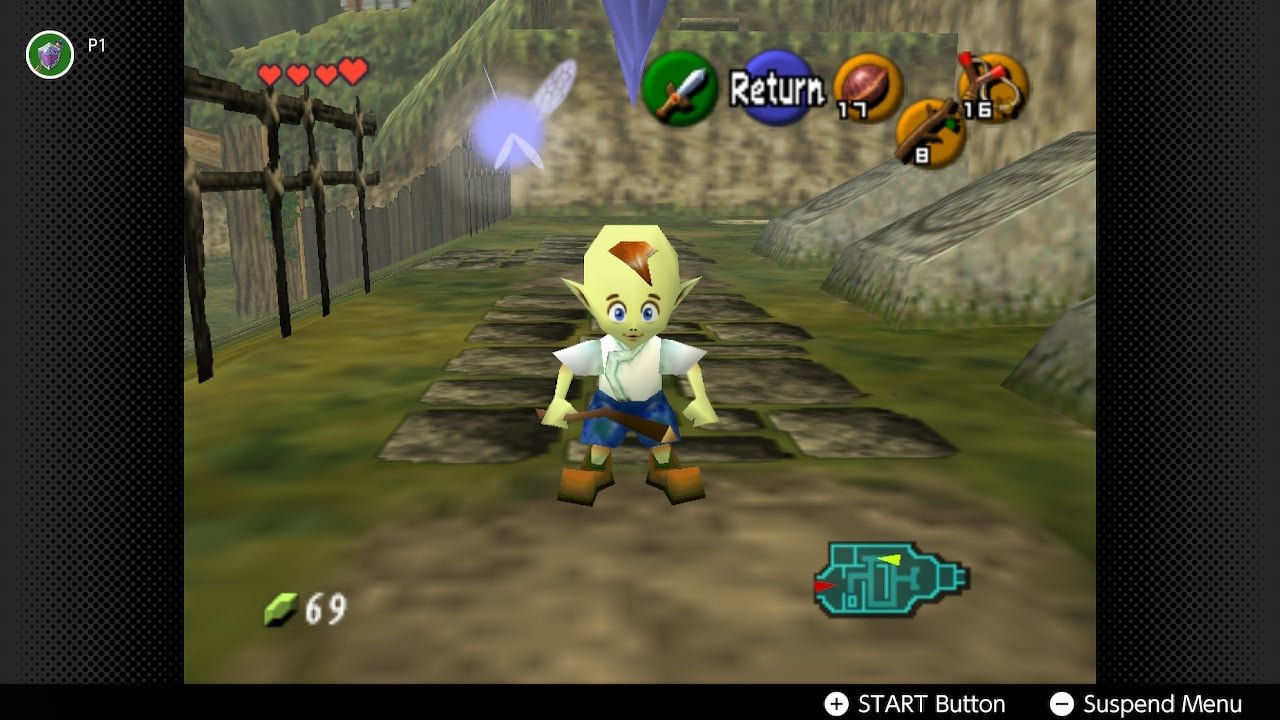
Then there’s the Cucco Lady, whose brother you discover is the weirdo who sits outside near Kakariko Village’s entrance at night (he’s also the Master Craftman’s son). You locate him in the Lost Woods as an adult during the Biggoron Sword sidequest. Completing this task results in your discovery that he has become… a Stalfos! What!?
Need I go on? Ocarina of Time is depressing as all hell!
Why I Fell In Love… Again
Little details like these, and many others, made me fall in love with Ocarina of Time all over again. Nay, for the first time, that is, without any hang-ups. Sure, the Water Temple, which I’ve held up in my mind these past two decades as the consummate Zelda dungeon where the series’ core genius is concerned, is outright atrocious in how it requires you to tediously switch back and forth between Link’s footwear (aside from that, though, the temple is still brilliant).
Z-targeting remains as fluid as it ever was, though, a bit primitive by modern standards. The inverted controls when using projectiles in first-person mode—and the inability to change them—is no less irritating than the C-button items being mapped onto the right joystick. Finally, the right joystick doing anything other than operating a free-roaming camera, which Ocarina of Time lacks, would be a major point of criticism, except… except this is a game that came out in 1998, so it gets a pass…?

That’s not right. These are all flaws that persist in this version of Ocarina. They’re also flaws that are immensely easy to overlook, for one, because I’m wearing nostalgia-goggles, and secondly, because the game is consistently and abundantly fun to play. It’s also jam-packed with numerous dungeons, mini-dungeons, collectibles, sidequests, and a collection of weapons that are quintessential Zelda in a way that I think is quintessential because Ocarina, consciously or not, has defined what that means to me and millions of other gamers.
In Conclusion…
If you heeded my words in the introduction, hello! Here’s my message for you: You need to play Ocarina of Time. Is the Nintendo Switch Online Expansion Pack version the best way to experience Ocarina? Probably not. That honor likely belongs to the 3DS edition of Ocarina of Time. Regardless, it’s a decent way of re-living what some of us had the privilege of experiencing (even if we did not recognize it) twenty-three years ago. You should, needless to say, go into it with measured expectations. As an older game, there are some anachronisms that will be straight away apparent, but if you want to witness the specimen that played a huge role in shaping your later Zeldas (obviously), your Skyrims, your Dark Souls, and so much more, then look no further than The Legend of Zelda: Ocarina of Time.
It’s not a perfect game. I’ve never thought it was. But it is a monument to behold, and for this Zelda fanatic, today sits alongside A Link to the Past (maybe a notch lower… maybe!) as one of the greatest achievements in gaming to ever grace a console, capturing every aspect of what makes this medium so special.
Those are my memories. What about the melodies?
It’s better to let Koji Kondo speak for himself…
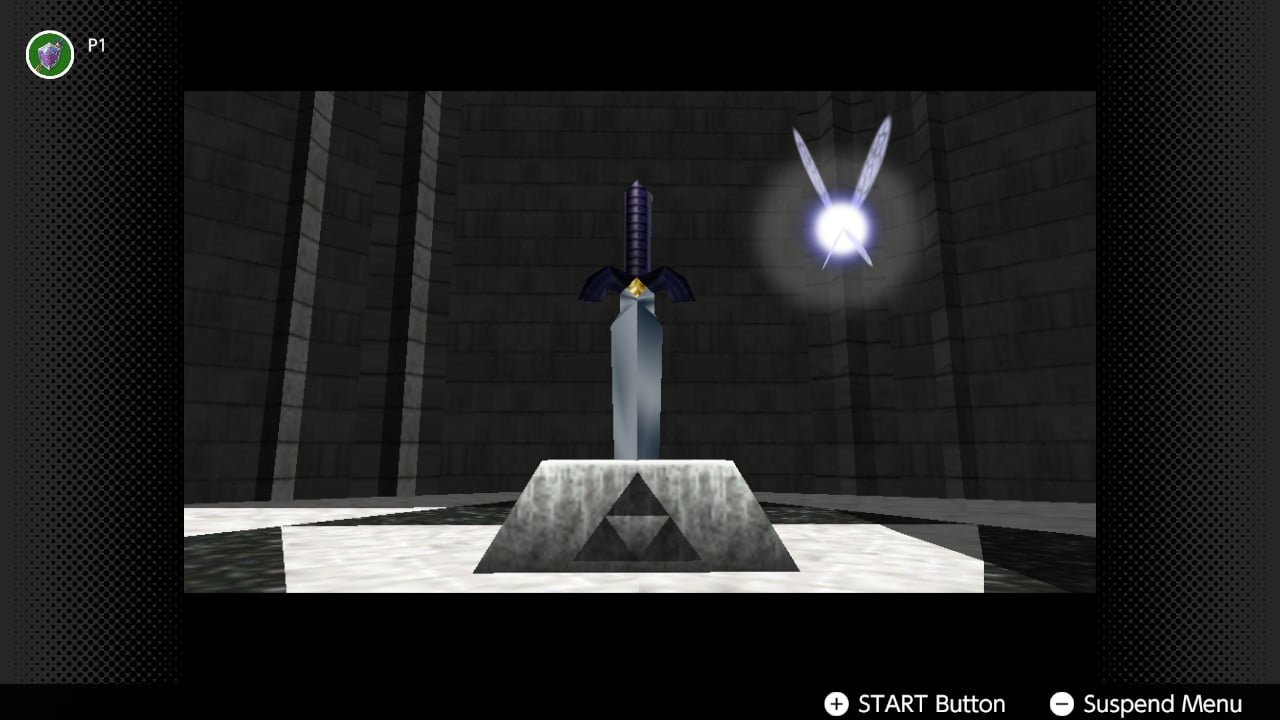
Okay, one more complaint: No Zelda ‘Main Theme’? What is this travesty?! Yeah, I’ll probably never get completely over that one… but ‘Hyrule Field Theme’ is still a banger!
‘Title Theme'
‘Kokiri Forest'
‘Hyrule Field'
‘Lon Lon Ranch'
‘Gerudo Valley'
Have a favorite melody or memory from The Legend of Zelda: Ocarina of Time? Or, have you yet to play this timeless classic? Either way, we'd love to hear from you! Drop a comment below, join the conversation on our Discord or Slack channels, or come say hello to us on Twitter!

